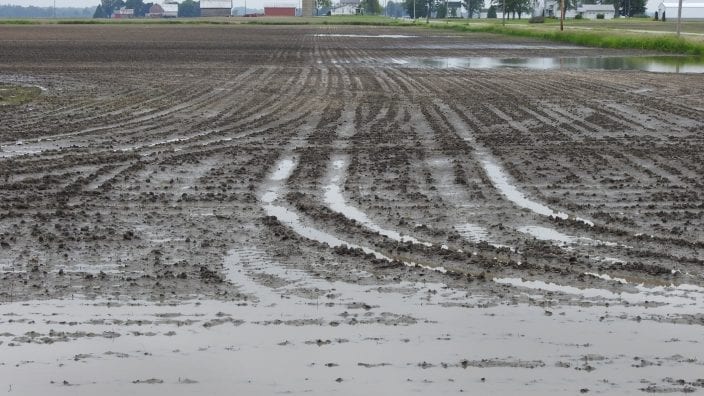2024 Election: Vote ‘no’ on Issue 1
Issue 1 is bad for rural areas, and Ohio Farm Bureau Federation urges members to vote “no.”
Read MoreThe number of prevent plant acres in Ohio will be historic after a devastatingly wet spring. Just how record-breaking will the numbers be in 2019 and what implications will they have for the short and long term for farmers and consumers in Ohio? Ohio Farm Bureau’s Ty Higgins and Jimmy Stickley visit with Dr. Carl Zulauf, professor emeritus in the Department of Agricultural, Environmental and Development Economics with Ohio State University about prevent plant, MFP2 and new forage and grazing rules in this podcast.
Below are excerpts from the interview, and here is the transcript. Listen to the complete episode below.
Jimmy Stickley: Carl, at what point in the planting season did the prevent plant look economically better than planting late corn?
Dr. Carl Zulauf: Remember in answering this question that we’re talking about prevent plant and prevent plant does not begin until the what is called the final insurance day …final insurance plant date. I’m sorry. And that date varies by crop and it varies by state and it varies by county within the state. For Ohio the common date for corn was June 5 and for soybeans the common date was June 20. So in each of these cases it’s important to note you’re already into the period of time where we generally talk about yields declining due to late planting and that’s a critical thing to keep in mind.
So your expected yields are decreasing. It’s also important to note that this is a very complex question that’s being asked. It depends on a whole variety of different things including your expected yield, your APH yield which is your insurance yield. It depends on what your price expectations are for the fall. It depends on what your insurance coverage level is, and it also critically depends on what cost you have already incurred.
You really need to go to a calculator such as farmdoc at the University of Illinois to really look at this question because it is so unique to each individual situation.
Jimmy Stickley: Carl, what can farmers expect paymentwise this year compared to last year and previous years. And what are those payments based off of?
Dr. Carl Zulauf: There are largely two sets of payments that… I’m assuming we’re talking here about not crop insurance payments but other payments that farmers could expect and it would be two types of those payments. The first would be the commodity program payments — the ARC and the PLC payments for 2018 for October 2018-2019 payments which would be for the 2018 crop year. Largely Ohio farms are not going to receive much from ARC because of the great yields that we had last year. So neither corn nor soybeans nor wheat is likely to make many ARC payments. There will be a few counties where yields were not as good as they were in the rest of the state. For PLC there will be a wheat payment because the final crop year price for a wheat will be less than the $5.50 target price for wheat. I don’t remember the exact numbers of PLC acres of wheat in this state but there were more PLC acres, more acres in PLC and wheat than there was in corn and soybeans where the PLC acres were very low.
PLC payments and soybeans are most likely going to be zero because the current price is above the $8.40 target price. For corn the current year price is $3.60 which is less than the $3.70 target price so you would expect the payment right now, but I would point out that corn prices are above the target price right now and that price for the year is likely to increase and so we will probably see less of a target price payment for corn as we go through the rest of the year assuming prices don’t drop down below the target price again. And so it could even eliminate it.
If we go back to 2018 and in a sense kind of replicate if corn and soybeans had been on a county level as opposed to an individual farm level, the average payment rate in Ohio was basically somewhere between $50 and $60 per acre for county. I think that’s a good place to start with thinking about what MFP payments might be this year, but you want to be really cautious because we’ve changed the crops and we’ve changed the methods. We really don’t know how they’re going to be. I think a conservative range is $40 to $60 per acre for counties for those growing corn, soybeans and wheat. The other thing that I would note on the MFP, very important to note, there will be payments made in three distributions. One is likely to be later this summer. Second is likely to be this fall sometime this fall. The third is likely to be sometime during the winter. Also it’s important to factor in your calculations that only the first payment will be guaranteed. Right now the USDA is only saying that there may be a second and third payment i.e. there may be a fall and winter payment and these are conditional and they may or may not occur. So those are the two broad payments that can occur in MFP likely being the larger. But there’s a lot of uncertainty about the timing and the magnitude of the MFP payment.
Ty Higgins: Dr. Zulauf, you mentioned that MFP program that recommended planting as many crops as possible if you were a farmer and you heard that message from President Trump earlier this year. Then we have the disaster package that might up the prevent plant coverage. Farmers were then saying don’t plant those acres; there might be a higher prevent plant premium for you if you do that. Just how confusing was this spring for farmers on that level.
Dr. Carl Zulauf: Unfortunately the uncertainty remains and all I can say is just pay attention. Listen. Talk to FSA but this is going to be an issue of discussion. There is going to be something done somehow but that’s about the best you can say right now, with my apologies.
Jimmy Stickley: Professor Zulauf, farmers are hearing a lot about the Nov. 1 date which is significant for forages. That date was just moved to Sept. 1. What does that date movement mean for farmers, and how can those crops be utilized that are underneath that date?
Dr. Carl Zulauf: The movement of the date from Nov. 1 to Sept. 1 has real significance I think for growers who grow their own feed. They are feeding their own grain to livestock, so this gives them an option of haying and grazing a cover crop. I would encourage people to clearly talk to both your crop insurance agent and to Farm Service Agency. What exactly makes up a cover crop and what are the rules that apply? Do not do something and ask for forgiveness. The rules are very specific. I do not know what they are. I do know enough to say find out before you do anything. Make sure that the cover crop that you plant in fact meets the definition of cover crops for both crop insurance and Farm Service Agency. And it’s better to get that before you do something. But this does increase the option available to those growers for getting forges and haying for their livestock.
Jimmy Stickley: What is the biggest misconception from your vantage point about the spring?
Dr. Carl Zulauf: In my opinion I don’t know if I would use the word biggest misconception. The focus I would say that there is an issue of focus. The attention and rightfully so has been on the crop farmers having difficulty getting the crop planted and that is an important issue. But this spring is going to have ramifications and implications that extend far beyond the planting season. It will extend to what actually the final harvest is. What are the actual crop sizes? How much is yield impacted? How does that turn into prices and yields and to production? How much will input suppliers be hurt by the reduction in input sales. How much will consumers be affected by higher prices for commodities that may well occur for this year? What does this do to the future of exports?
The higher prices in the US will provide incentives for South America and the former Soviet Union to continue to expand their production. What does this do to livestock producers? This is really the first step in what is a a very significant market event that is likely to have price impacts that continue throughout the summer and into next year and likely into the next year. And so this is a major event and I and I think that there hasn’t been enough discussion of what are the longer term implications as well as the breadth of the implications of what is going on. It’s more than just crop farmers. And again I want to emphasize they are important part of this but this is a major economic event that is going to affect the farm sector in the US for some time.


Issue 1 is bad for rural areas, and Ohio Farm Bureau Federation urges members to vote “no.”
Read More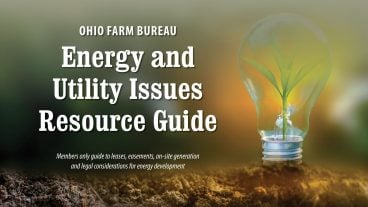
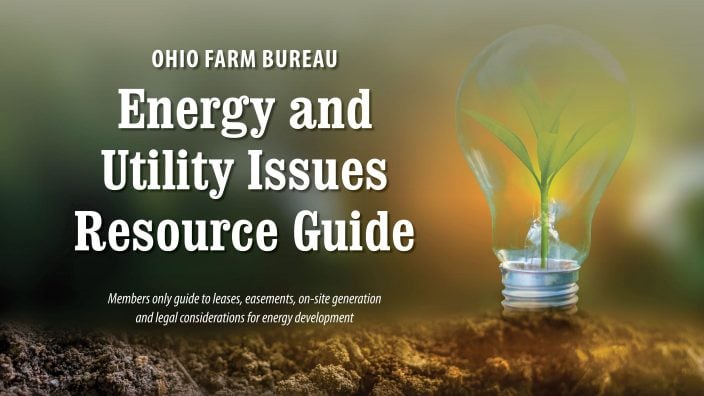
Ohio Farm Bureau’s newest resource for members seeks to help farmland owners navigate the many questions surrounding energy development.
Read More

Bethany Schappacher, a Clinton County Farm Bureau member, and her family own Schappacher Farms, a 50-acre pumpkin farm featuring a corn maze, hayrides, fall treats and other family activities.
Read More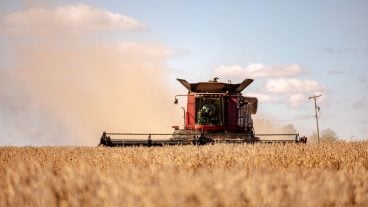
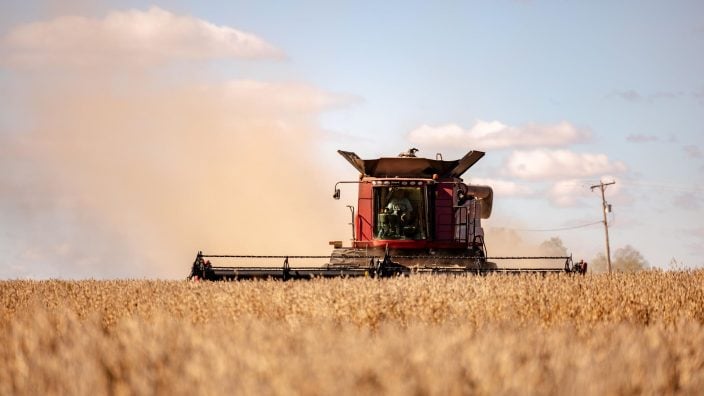
Time is running out for thousands of farmers who may face steep fines and possible jail time for failing to…
Read More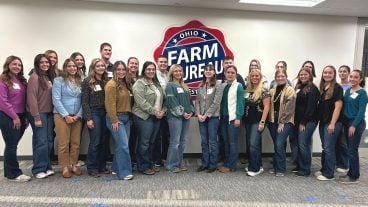
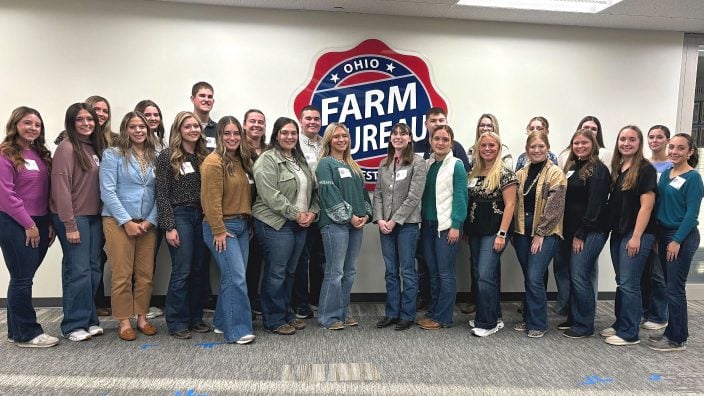
Collegiate Farm Bureau organizations at The Ohio State University and Wilmington College each will receive $500 to aid in chapter recruitment and activities.
Read More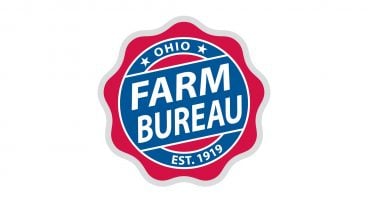
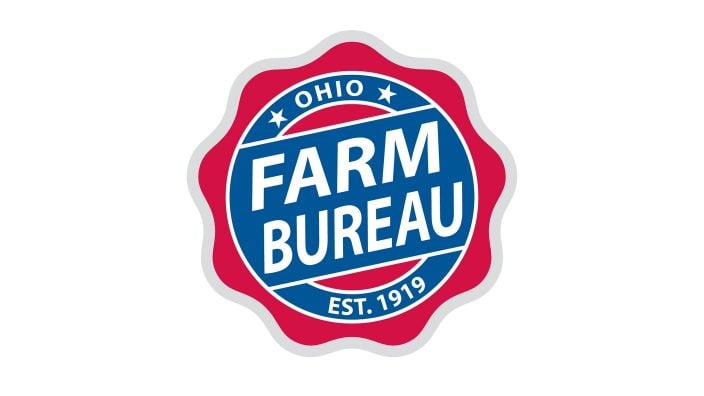
The American Farm Bureau Federation County Activities of Excellence awards celebrate unique, local, volunteer-driven programs that serve as models of innovation for local program development.
Read More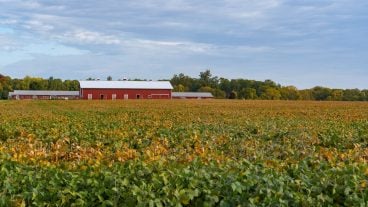
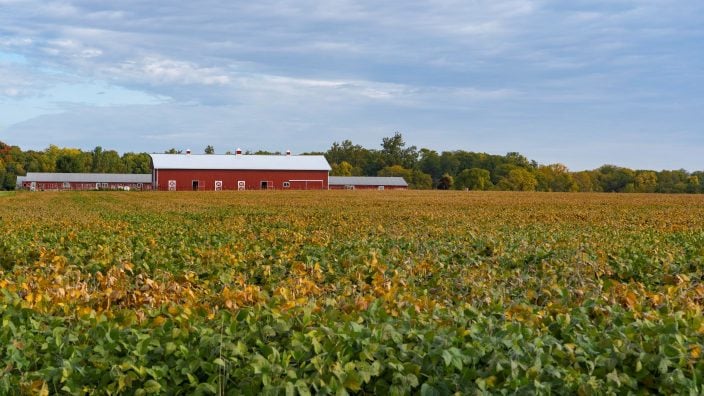
To ensure that your farm and family receive competent guidance, proactive scheduling will be critical in the early part of 2025.
Read More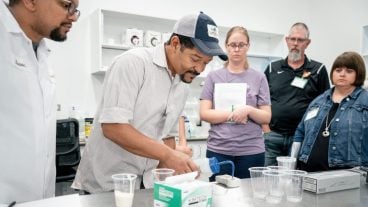
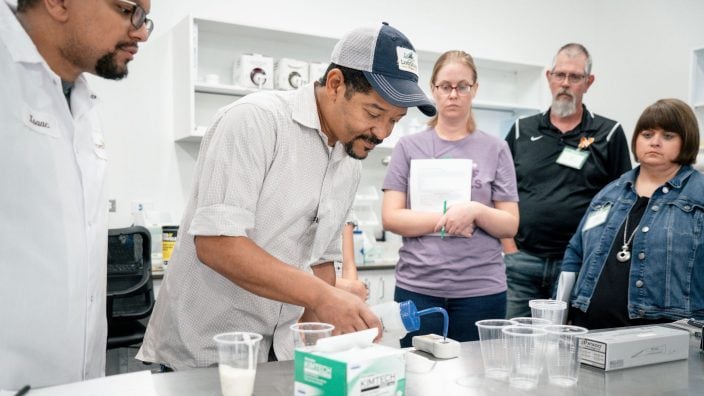
This summer’s ‘Experience Food Science: Field to Package’ workshop offered educators a close look at the intersection of agriculture, food science, and technology.
Read More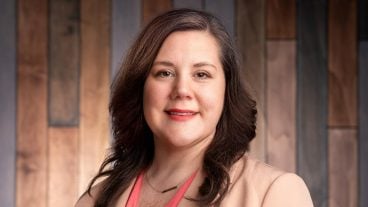
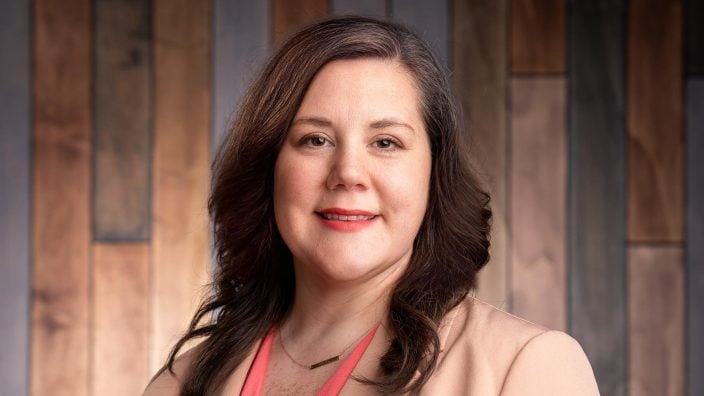
Leah Curtis of Canal Winchester has been named associate general counsel for Ohio Farm Bureau.
Read More

A year after a new “value first” pilot project was launched in 12 northwest Ohio county Farm Bureaus to test…
Read More